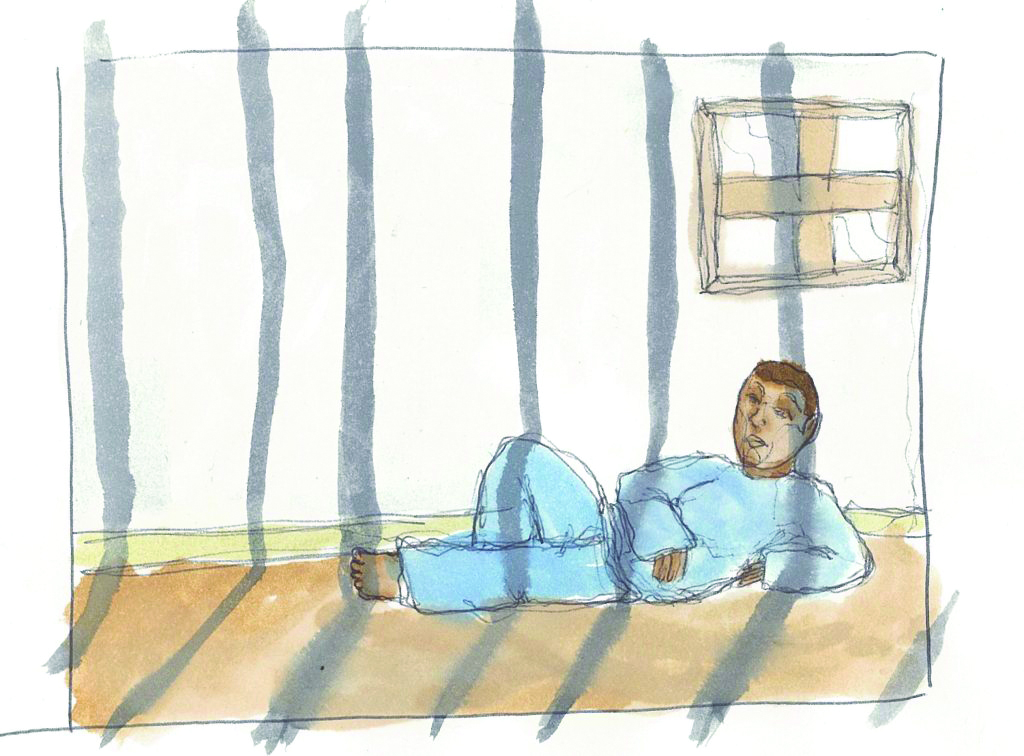
Drug overdoses in state prisons have climbed by more than 600 percent in the last two decades
While there may be some irony, and perhaps a bit of humor, in some of the mysteries that can be found in American prisons, there is no humor in one highly destructive mystery, or rather unsolved problem, that has plagued America’s prison system during my 30 years of incarceration at more than 20 state, federal, and military prisons across the country. Drugs and alcohol played a direct role in all of my 13 felony convictions. The vast majority of people I have met in prison share the same root cause of incarceration. While you might think prison would provide reprieve from addictive substances, drugs and alcohol have become increasingly available during my time behind bars.
According to Bureau of Justice data, overdose deaths in state prisons have surged by more than 600 percent over the last two decades. During the same time frame, overdose deaths in county jails have escalated by more than 200 percent.
Those trends inside prison mimic what’s happening outside prison. Drug overdose deaths in the U.S. have swelled for years now, reaching a crescendo in 2021, when the country tallied 107,622 overdose deaths—an all-time high and a 15 percent jump from 2020.
Outside prison, the COVID-19 pandemic hindered efforts to decrease drug overdoses by restricting access to substance use treatment and increasing social isolation. More potent drugs such as the synthetic opioid fentanyl have been the main driver of peaking overdoses—nearly 75 percent of overdose deaths in 2021 were from opioid use.
Inside prison, the proliferation of synthetic drugs has also intensified the overdose problem. The small size of these drugs, and their potency, make them a perfect form of contraband to get smuggled into prisons.
Inmates are searched extensively through visual and technological means upon entry into our prisons, but prison staff is not vetted as thoroughly. In fact, the federal government has charged corrections officers with smuggling contraband into prisons in exchange for cash.
Once drugs enter a prison, demand is high. A large chunk of prisoners received $3,200 in stimulus money from the federal government. This flood of cash into prisons has, in my opinion, fueled an explosion in demand—and availability—of contraband.
In the end, smugglers prey and profit on a large population of people who are struggling with addiction.
To me, this remains the most serious, and saddest, prison problem—an ongoing American tragedy that, like a mystery, remains unsolved.
This is a lightly edited version of a story that was originally published by the Prison Journalism Project (PJP), an independent news outlet that trains incarcerated writers to be journalists, so they can participate in the dialogue about criminal justice reform. PJP provided additional reporting to this story.
Eric Finley is a writer incarcerated in Florida.
